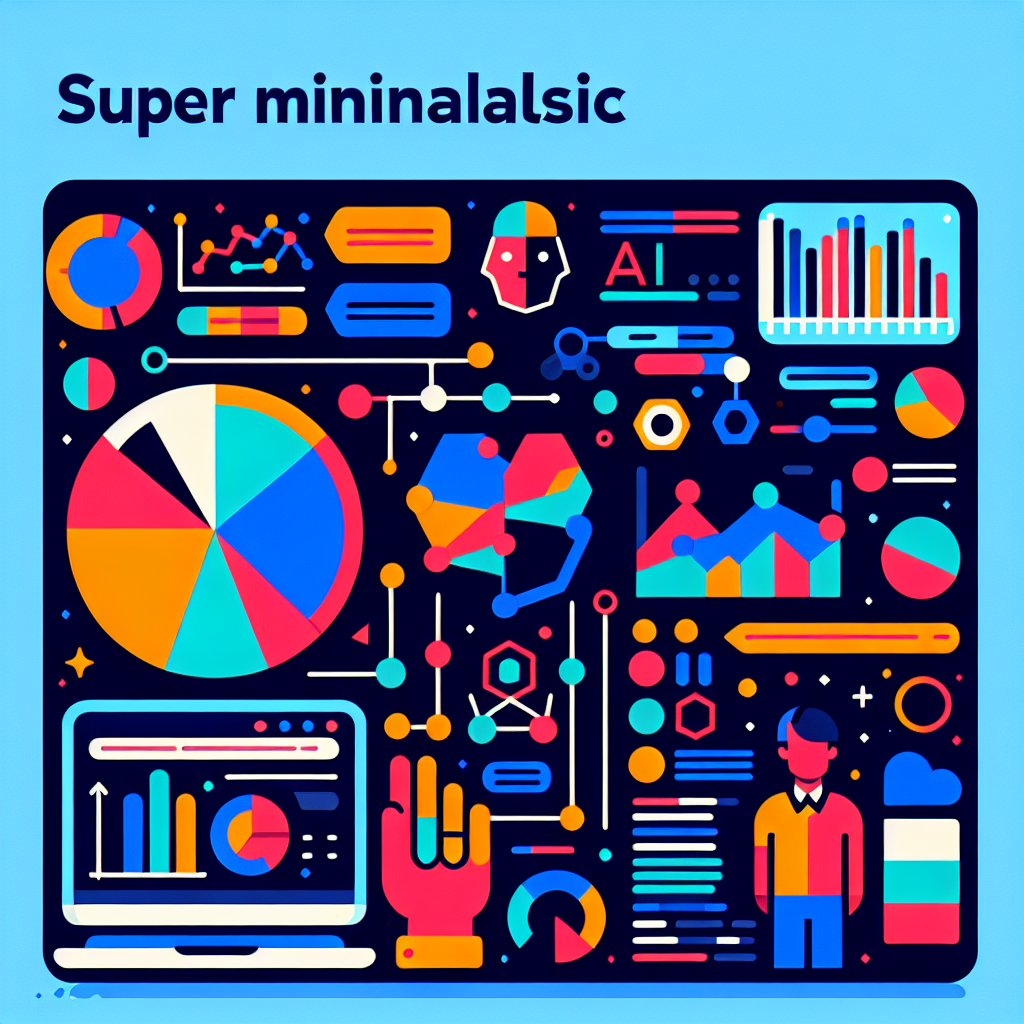AI Hero Images for WordPress — Fast, On‑Brand Homepages
Hero images carry disproportionate weight. They set tone, communicate value and influence conversions — but large, generic images also kill page speed and harm search performance. This guide walks you through a practical, repeatable workflow for generating AI hero images that are branded, lightweight and ready for WordPress.
Why use AI for hero images (and why be careful)
Generative image models now produce high‑quality, unique visuals on demand. That gives small teams the power to create bespoke art without commissioning shoots. However, quality, copyright provenance and consistency are real risks. Treat AI as a creative assistant, not an autopilot.
- Benefits: on‑brand visuals, rapid iteration, lower cost, A/B variant creation.
- Risks: style drift, compositional artefacts, legal/ethical provenance issues.
Target outcomes for WordPress
Before you start prompting, define measurable targets. For a homepage hero we typically aim for:
- Largest visual above the fold without increasing Largest Contentful Paint (LCP).
- Consistent brand colour, mood and composition across pages.
- Optimised image SEO (alt text, filename, captions where relevant).
- Responsive assets that serve the smallest effective file for each device.
Practical 6‑step workflow
Follow these steps to move from brief to deployed hero image with minimal friction.
-
Extract a style brief.
Collect examples of brand colours, typography and mood. Create a short style prompt: colour palette, focal subject, camera angle, and feeling (e.g. “warm, honest, minimal, wide landscape with a single human silhouette”). This keeps AI output consistent.
-
Prompt and iterate.
Use a controlled prompt set that includes composition and negative prompts to avoid artefacts. Generate 4–8 variants, then pick 2–3 for refinement. Keep a human‑in‑the‑loop to reject obvious failures.
-
Post‑process for brand fit.
Tweak colours, crop for focal composition and overlay subtle brand gradients. This is when you ensure the image works with your hero copy and CTA — don’t leave it to chance.
-
Export responsive formats.
Produce multiple widths (e.g. 1920, 1200, 800, 480px). Export to modern formats: AVIF or WebP, plus a fallback JPEG/PNG if needed. Create a tiny LQIP or SVG placeholder for progressive rendering.
-
Optimise for WordPress.
Upload with semantic filenames and rich alt text that describe the scene and include relevant keywords naturally. Use srcset and sizes attributes so browsers pick the right file. Prefer lazy loading for non‑critical images; ensure hero images above the fold are preloaded if LCP is a concern.
-
Measure and iterate.
Track LCP, CLS and engagement. Use analytics to compare conversion lift between variants. Small visual changes can move metrics more than a page copy tweak — treat images like conversion assets.
Performance checklist for WordPress
- Serve AVIF/WebP where supported; keep a lossless fallback.
- Use srcset and responsive sizes attributes for every hero.
- Preload the hero image to improve LCP (only if file size is already optimised).
- Compress intelligently: perceptual quality over blind compression ratios.
- Use a CDN and HTTP/2 or HTTP/3 to reduce latency — typically available via your WordPress hosting.
SEO, accessibility and governance
Image optimisation is SEO optimisation. Use descriptive alt text that helps screen readers and gives search engines context. Add structured data where relevant (e.g. image property in schema) and use clear filenames. Keep an audit log of AI prompts and source model metadata for provenance — this reduces risk if provenance questions appear later.
Integration and tooling
Practical integrations speed adoption. You can automate the generation, resizing and deployment pipeline using serverless functions or an image API, then hook that into WordPress via plugins or bespoke connectors. If you prefer expert help, our TooHumble’s AI services can build safe generation workflows and tie them into your CMS and asset pipeline.
When to test and when to hire
Smaller sites can benefit immediately by following this playbook in‑house. If you need enterprise grade governance, automated A/B pipelines or tight performance SLAs, partner with a team experienced in WordPress and AI. We help with end‑to‑end delivery from creative prompts through to production assets and performance monitoring — see our web development and services pages for examples.
Final notes: human‑centred, data‑driven
AI can make hero images faster and more distinctive, but success depends on human direction and measurement. Keep creative control in your team, automate repetitive tasks and use data to choose winners. When done right, AI‑generated hero images reduce cost, accelerate campaigns and lift conversions without dragging down performance.
If you’d like a practical audit of your current hero images and a custom AI workflow to produce on‑brand, high‑performance assets, get in touch via TooHumble contact — we specialise in practical, measurable solutions that respect speed, SEO and brand.






